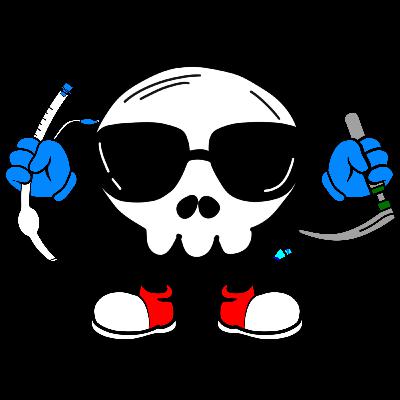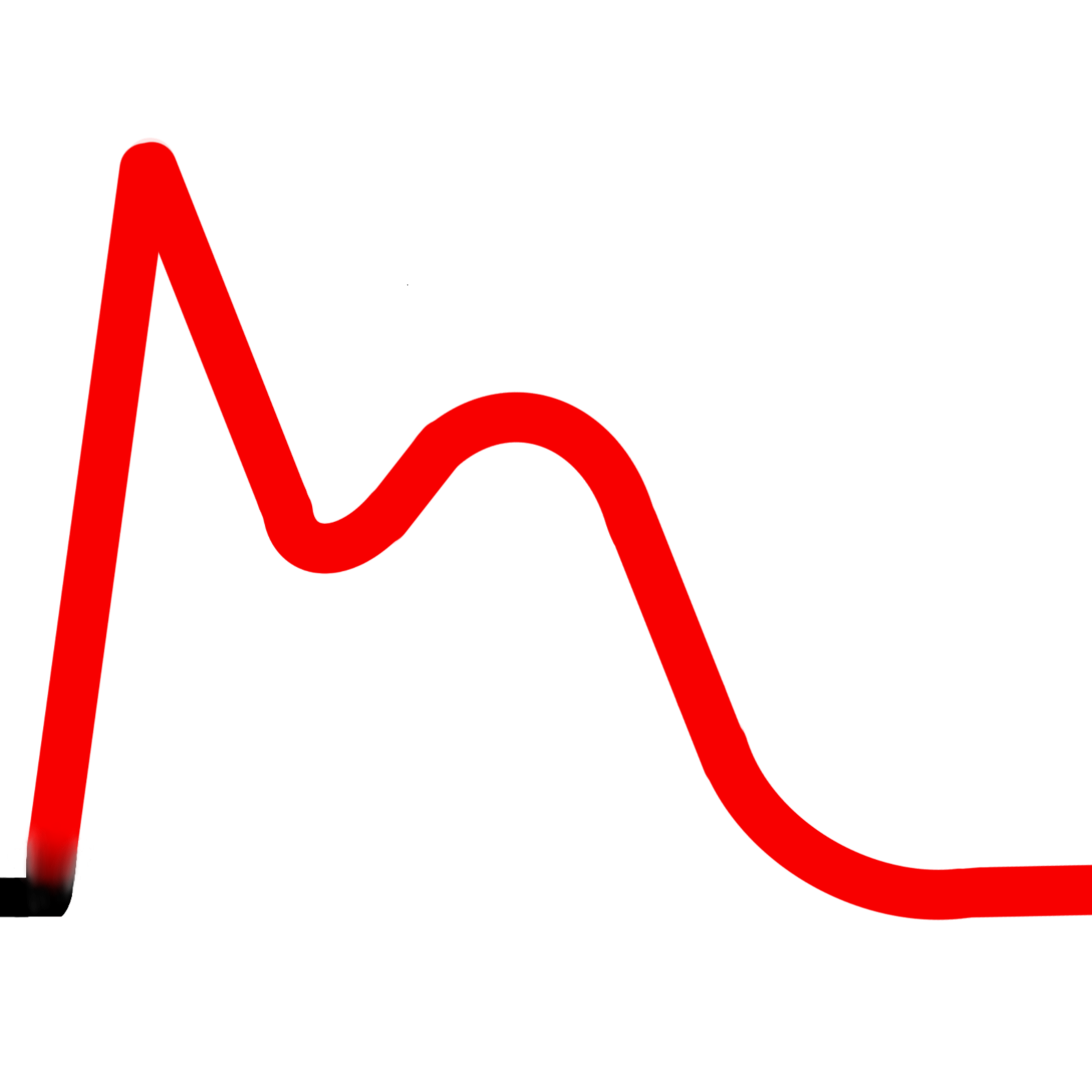ACLS | Cardiac Arrest and More
Description
🫀 Why Patients Die (and How ACLS Saves Them) Cardiac arrest = no effective circulation → global ischemia. Survival hinges on CPP (aortic diastolic − RA pressure). • High-quality CPR (≥2 in/5 cm, 100–120/min, full recoil, CCF ≥80%) maintains CPP; every pause tanks CPP. • Defibrillation for VF/pVT stuns chaotic myocardium → pacemakers can resume an organized rhythm (ROSC). Shock early.
Rhythms & Management
🔹 Shockable: VF / pVT
ECG: VF = chaotic; pVT = fast wide-QRS + no pulse. Algorithm (cycle):
- Start CPR, attach defib.
- Shock (biphasic 120–200 J per device; mono 360 J).
- CPR 2 min → rhythm check. Gain IV/IO.
- If still shockable → Shock → Epi 1 mg IV/IO q3–5 min (give after the next rhythm check/shock).
- Next cycle if shockable → Shock → Amio 300 mg IV/IO, then 150 mg (or Lido 1–1.5 mg/kg, then 0.5–0.75 mg/kg; max 3 mg/kg).
- Treat H’s & T’s, monitor ETCO₂. Rotate compressors q2 min. Nursing: Have antiarrhythmic drawn before shock; “All clear—shocking.”
🔹 Nonshockable: Asystole / PEA (mechanical/perfusion problem)
ECG: Asystole = flat line (check leads/gain). PEA = organized rhythm without a pulse. Algorithm: • CPR 2 min, Epi 1 mg IV/IO q3–5 min ASAP. • No defib. H’s & T’s hunt: Hypovolemia, Hypoxia, H+ (acidosis), Hypo/Hyper-K, Hypothermia; Tension pneumo, Tamponade, Toxins, Thrombosis (pulm/coronary). Nursing: Do not interrupt CPR >10 s; assign someone to etiology search (history + ultrasound).
Meds
Epinephrine (α-vasoconstrictor → ↑aortic diastolic → ↑CPP) • Arrest dose: 1 mg IV/IO q3–5 min (VF/pVT & Asys/PEA). No arrest contraindication. • Do not stop CPR to push meds; flush 20 mL + elevate limb 10–20 s.
Amiodarone (Class III; stabilizes myocardium) • VF/pVT refractory: 300 mg, then 150 mg IV/IO. • Post-bolus hypotension/brady can occur (less relevant during arrest).
Lidocaine (Class Ib; ↓automaticity) • VF/pVT alt: 1–1.5 mg/kg, then 0.5–0.75 mg/kg (max 3 mg/kg).
Magnesium sulfate (torsades) • 1–2 g IV/IO diluted (~10 mL) over ~20 min (use if torsades present).
During arrest • No advanced airway: 30:2. • Advanced airway: 10 breaths/min (q6 s) with continuous compressions. • Avoid hyperventilation.
Post-ROSC targets • Ventilation: start 10/min; SpO₂ 92–98%; PaCO₂ 35–45 mmHg (avoid hyperoxia/hyperventilation). • Hemodynamics: SBP ≥90 or MAP ≥65. – Fluids 1–2 L NS/LR → if needed: NE 0.1–0.5 μg/kg/min, Epi 2–10 μg/min, or Dopa 5–20 μg/kg/min. • TTM: comatose after ROSC → 32–36°C for ≥24 h (don’t delay PCI for STEMI). • Confirm ET tube with capnography.







